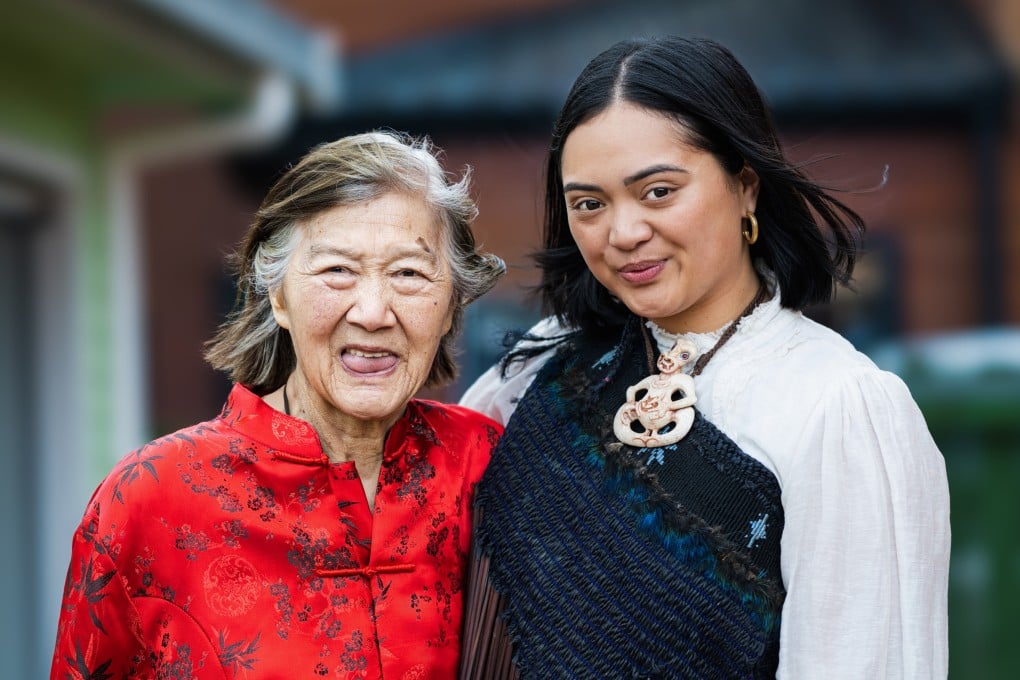The New Zealanders of Maori-Chinese descent navigating their dual heritage and embracing their roots
Maori and Chinese immigrants have both been marginalised by the ‘white nation’ – but some are transcending societal boundaries and uniting their distinct cultures

Suie Jung Wong and Horatio Thompson were both raised on farms in New Zealand. Suie, a young woman from a Chinese family, fell for Horatio, a dashing Maori soldier who coached her in basketball. Despite her family’s disapproval and threats to send her back to China when she became pregnant, Suie followed her heart and in 1957 married into Horatio’s warm and welcoming Maori whanau (extended family).
“They met in high school in Wairarapa and fell madly in love,” says Maia Te Hira, the Thompsons’ granddaughter, a lawyer specialising in Maori legal issues. “Their marriage lasted 55 years, until my grandfather’s passing in 2013. While many of her own family turned away from her, my grandfather’s whanau accepted her wholeheartedly. It was also a very patriarchal time, when women were expected to stay home, raise children and manage the household, so she found herself deeply immersed in the ways of her husband’s culture.”

Over the past six decades, Suie Jung Thompson has devoted herself to the land of her in-laws, embracing Maori culture and raising her children and grandchildren in its traditions. She and her late husband started a social-welfare programme for underprivileged children in Wellington and, today, 86-year-old Suie stands as the only Chinese official of New Zealand’s Ratana Church, a testament to her unwavering love and commitment to her Maori family.
“My grandfather was a fourth-generation follower of [the prophet] Ratana’s work, and my grandmother embraced it as well,” says Te Hira. “Te reo Maori [the Maori language] is integral to the ceremonial practices of the Ratana faith, so a strong understanding of the language is essential for spiritual engagement.
“In the 1950s it was deeply frowned upon for Chinese women to marry outside their culture, let alone marry a Maori. My grandmother was ostracised by her own family for a long time after having a child out of wedlock with my Maori grandfather as a teenager.”
The Thompson-Wong love story epitomises an era when Maori, the tangata whenua (indigenous inhabitants), and Chinese immigrants, both marginalised by New Zealand’s “white nation”, came together, transcending societal boundaries to create a powerful union of two distinct cultures.
